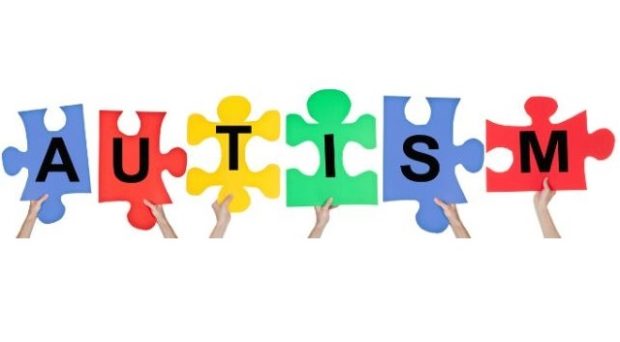
Epidemiology involves studying how often diseases occur in different groups of people and why. Epidemiological information is then used to plan and evaluate strategies to prevent illness and disorders. Two broad questions drive the epidemiology research at the Seaver Autism Center for Research and Treatment: (1) How do differences in environmental exposures shape the way the brain develops? and (2) How genetic and environmental risks work together leading to the development of autism?
Using big data approaches, we can use this information on millions of people, to identify the factors linked with higher or lower rates of autism in the population.
We believe that in many children autism is caused by a joint contribution of “nature and nurture” – our genes and the environments we grow up in. Even before we are born, those two factors act together to balance the intricate process of our early brain development. Our mission as researchers is to better understand those processes, and identify the factors that alter normal brain development.
Compared to genetic studies of autism, studies of environmental risk factors are in their infancy and have significant methodological challenges. Given that there are thousands of environmental factors that we are exposed to from the moment we are conceived, and that those factors constantly change – it is not an easy task.
As epidemiologists, we can tackle this challenge by exploiting the fact that there is a myriad of natural experiments being run all the time – with some children exposed to certain environments in their early life, and some not. Using big data approaches, we can use this information on millions of people, to identify the factors linked with higher or lower rates of autism in the population, which in the long run can suggest environmental risk and protective factors for autism.
Being able to hone in on potential causes and create actionable targets will help us devise more effective prevention strategies.

For example, big data was used in a recent study focusing on medications women take during pregnancy. Some studies have suggested that maternal antidepressant medication taken during pregnancy increases the risk of autism in offspring. A study using a large dataset that followed 179,007 children through age 8, was able to look back at the medications their mothers were prescribed before and during the pregnancy, as well as other characteristics of the mother and child. The research showed that antidepressants themselves do not appear to cause higher autism risk in the offspring.
Joining epidemiological “Big Data” with data science approaches and technological innovation is another potential road forward. Modern data analytical approaches such as machine learning and artificial intelligence will likely be used more and more to try and identify risk patterns in the complex data. Innovations that allow precise measurement and time of exposures will allow better understanding of risk periods and risk exposures.
 This line of research is still in its infancy but yields some very interesting insights. A recent study used baby teeth to look at early life exposures to toxic metals. Baby teeth start to develop at the end of the first trimester, and form a new layer each day, similar to the rings in trees. These layers can capture traces of chemicals that the developing fetus is exposed to. The researchers measured toxic chemicals and nutritive elements in teeth from twin pairs where one twin had autism, and observed excess intake of several toxic chemicals, as well as deficiencies in nutritive elements early in life, before the diagnosis of autism.
This line of research is still in its infancy but yields some very interesting insights. A recent study used baby teeth to look at early life exposures to toxic metals. Baby teeth start to develop at the end of the first trimester, and form a new layer each day, similar to the rings in trees. These layers can capture traces of chemicals that the developing fetus is exposed to. The researchers measured toxic chemicals and nutritive elements in teeth from twin pairs where one twin had autism, and observed excess intake of several toxic chemicals, as well as deficiencies in nutritive elements early in life, before the diagnosis of autism.
Such research can point towards possible biochemical pathways that are abnormal in brains of future children with autism, and if implemented in larger samples it could not only help to better understand how autism develops, but also prompt new treatments and perhaps even prevention strategies.
Tune into The Mount Sinai Hospital Facebook on the 16th of October at 11am EST / 3pm GMT to hear myself, Dr. Avi Reichenberg from the Seaver Autism Center, speak in more depth about the topic of environmental effects on the risk of Autism.
Learn more about the Seaver Autism Center at www.seaverautismcenter.org
Discover more of the current research ongoing in this field at Molecular Autism.
Comments